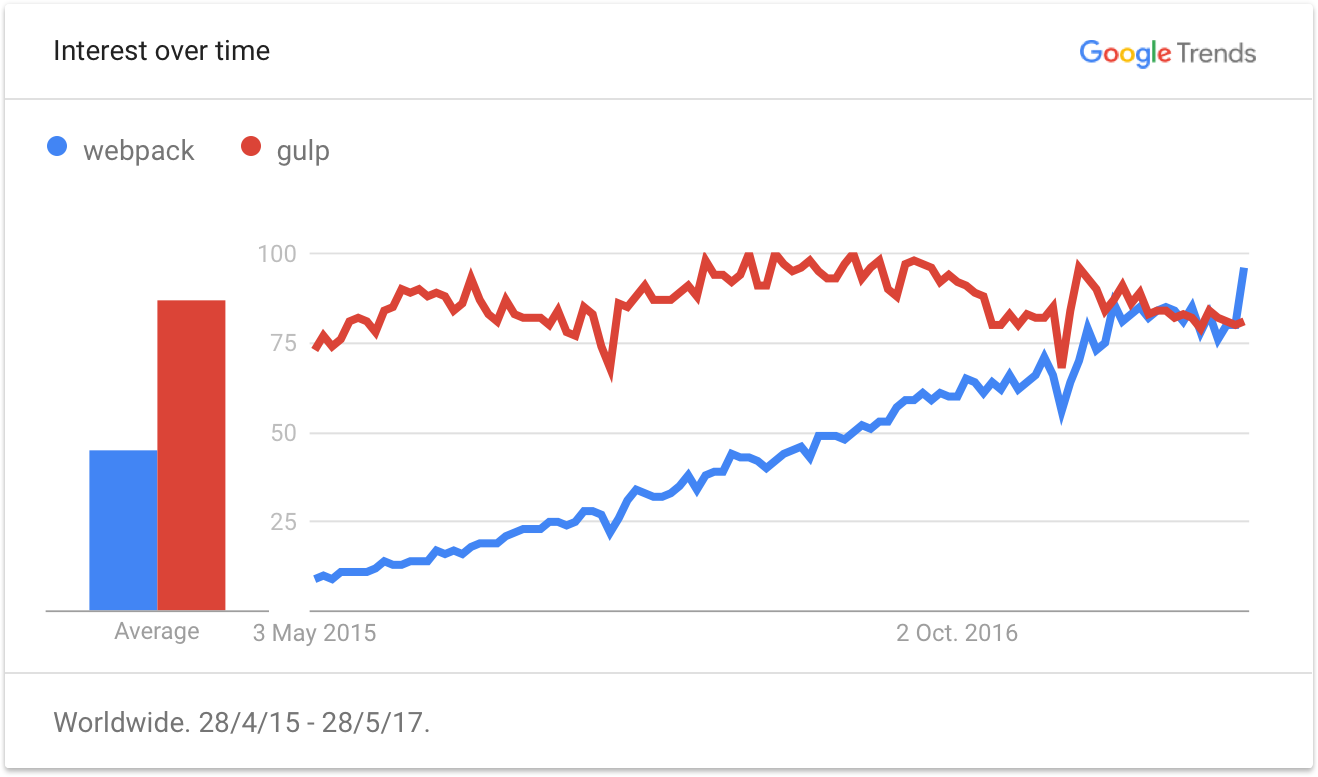
Broccoli focuses on asset compilation, one of the most common build tool tasks.

(Chris has a post on getting started with Grunt here). The two most popular build tools out there right now are Gulp and Grunt. Tools like Gulp are often referred to as “build tools” because they are tools for running the tasks for building a website.

It helps you get so good with the basics of Gulp that you can begin exploring everything else for yourself.īefore we dive into working with Gulp, let’s talk about why you may want to use Gulp as opposed to other similar tools.
#Prepros vs gulp how to
So yes, Gulp is extremely powerful, but you’ll have to learn how to use Gulp if you want to create your own customized build processes.
#Prepros vs gulp generator
If you’re crazy enough, you can even build a static site generator with Gulp (I’ve done it!). This is not a comprehensive list of things Gulp can do. This looks like a pretty good Gulp 4 starter. We’ll make some notes of that sprinkled through here to remind you.
#Prepros vs gulp install
If you install Gulp 4 and try to do some of the things in this article, they won’t work. Like any major version change, APIs have breaking changes. Important Note! This article was written for Gulp 3.x, but now Gulp 4.x is out and recommended.

Speaking of templating languages which make use of curly braces… Mustache has them, too. You’ll still need a processor to run it, probably something like gulp-handlebars. There is also fancy features of this that allow for evaluation and passing data. You’d configure Grunt to process your HTML: grunt.initConfig(') Prefix: like this particular plugin has fancy features where you can pass in variables to the includes, making it possible to make little data-driven components. That would look like this: you’d process it like: var fileinclude = require('gulp-file-include'), Gulp has a variety of processors that can do this. What’s even faster than a server-side include? If the include is preprocessed before it’s even on the server.

This will perform the include at the server level, making the request for it happen at the file system level on the server, so it should be far quicker than a client-side solution. And we still are, because the idea of includes is useful on pretty much every website in the world. Long before we were preprocessing our CSS, we were using tools to manipulate our HTML. People have been looking to other languages to solve this problem for them forever. For example the use case for much of the entire internet, an included header and footer for all pages. I’m talking about straight up includes, like taking a chunk of HTML and plopping it right into another. Nor does there seem to be anything on the horizon that addresses it. It’s extremely surprising to me that HTML has never had any way to include other HTML files within it.


 0 kommentar(er)
0 kommentar(er)
